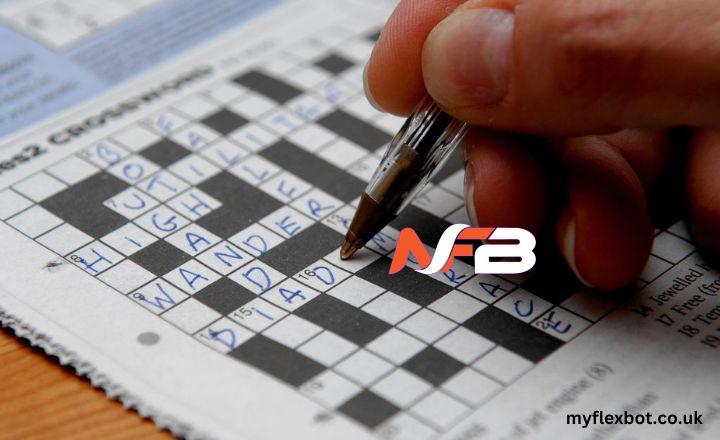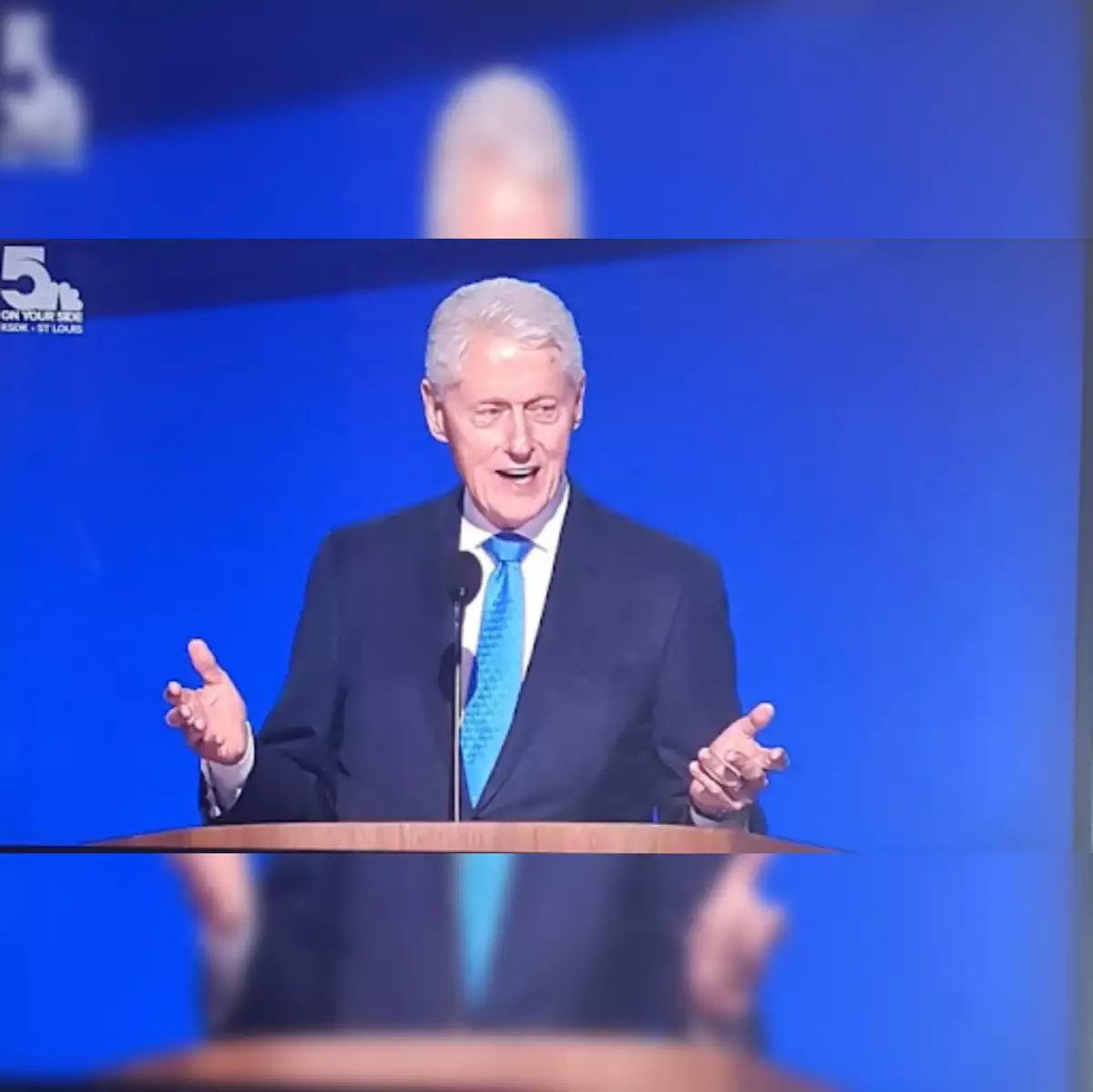Introduction
Crossword puzzles are a delightful pastime for millions around the world, combining mental agility with a love for language. One of the most well-known and respected sources for crosswords is the New York Times (NYT), which has been publishing its famous puzzles since 1942. For crossword enthusiasts, a clue such as “latches onto” can spark hours of contemplation, as it can lead to multiple possible answers. Let’s explore the intricacies of solving clues like this one and understand the broader world of crosswords, especially those from the New York Times.
The Importance of Crossword Clues
Crossword clues are more than mere hints; they are crafted to stimulate critical thinking and require solvers to approach them with flexibility. Some clues are straightforward, while others are intentionally ambiguous, leading solvers down various mental paths before landing on the correct answer. A clue like “latches onto” may seem simple, but as we’ll see, it offers different possibilities depending on the solver’s perspective and the puzzle’s theme.
When you see the clue “latches onto” in a crossword puzzle, it generally refers to an action of attaching, holding onto, or grasping. But, like many crossword clues, the answer can vary based on the length of the word required and the specific context of the puzzle.
Decoding the Clue: “Latches Onto”
At first glance, the clue “latches onto” might prompt answers such as “grabs,” “clings,” “seizes,” or “attaches.” These are common synonyms for the phrase and could easily fit into a crossword grid. However, the NYT crossword puzzle is known for its tricks and linguistic play, so it’s worth exploring the deeper possibilities that such a clue might present.
In simpler puzzles, especially for novice solvers, the answer is often more direct. For example, a 5-letter answer could be “GRIPS,” which is a clear synonym. But, as you advance through the week’s puzzles (NYT puzzles increase in difficulty from Monday through Saturday), “latches onto” might hide behind wordplay, homophones, or more abstract thinking.
How Context Changes Interpretation
What makes crossword puzzles particularly engaging is how context can entirely change the interpretation of a clue. For instance, if the clue “latches onto” appears in a thematic puzzle, the solution might relate more to the puzzle’s overarching theme than its literal meaning.
Consider a puzzle themed around mechanics or machinery. In this case, the clue “latches onto” might require an answer related to an actual latch or mechanical connection, such as “SNAPS” or “CATCHES.” Alternatively, in a puzzle themed around animals, the answer might be more metaphorical—something like “CLINGS,” as in how a koala clings to a tree.
Sometimes, solvers might even be misled by multi-word phrases that seem to match. For example, someone might consider “HOLDS ONTO” as a solution, but crossword grids generally favor shorter, more concise answers. This demonstrates how the construction of the grid often limits the solver’s options.
Strategy for Solving NYT Crosswords
Successfully navigating a crossword puzzle, especially one as challenging as the New York Times, requires more than just a large vocabulary. It demands an understanding of the subtleties in wordplay, an appreciation of puns, and the ability to think outside the box. Here are some tips to help crack difficult clues like “latches onto.”
1. Cross-Reference Other Clues
One of the best ways to approach a tricky clue is by focusing on the surrounding entries. For instance, if you are unsure of “latches onto,” start by solving other clues in the same area of the grid. Once a few letters of the solution appear, it often becomes much easier to deduce the correct answer. This process of cross-referencing is crucial to cracking the New York Times crossword, where answers often intersect and rely on one another.
2. Identify Synonyms
When encountering clues like “latches onto,” identifying common synonyms is key. Start with the obvious ones—grabs, grips, or clings—and then think of less common alternatives. Consider if the clue could be part of a pun or wordplay, a hallmark of NYT puzzles, especially on Thursday and beyond. If the crossword is more difficult, expect that the answer may not be an exact match to the clue but rather a creative synonym.
3. Look for Puns and Wordplay
NYT crossword editors are notorious for their love of puns and wordplay, and clues like “latches onto” are ripe for this kind of trickery. For example, instead of the answer being a direct synonym, it might be a play on words—something like “HOLDS” or even “HOOKS” in a more creative sense. Thursday puzzles, in particular, are famous for using these devices, so always keep an eye out for less conventional interpretations.
4. Utilize Puzzle Themes
As mentioned earlier, many NYT crosswords are themed, meaning that the answers to certain clues tie back to a central idea. If “latches onto” is part of a thematic puzzle, solvers should look for context within the other answers. If the theme relates to carpentry, engineering, or even relationships, the answer might be tied to those ideas.
5. Consult Past Puzzles
The New York Times puzzle often recycles certain words, clues, and patterns over time. If you’ve been solving the crossword regularly, you may recall seeing similar clues before. In the case of “latches onto,” similar clues in the past may have had answers like “GRASPS,” “CLINGS,” or “SEIZES.” Experience with the puzzle will sharpen your ability to recognize these repeated patterns.
Crossword Culture and Community
The crossword puzzle community is vast, with dedicated solvers, bloggers, and forums that discuss puzzles daily. The New York Times crossword, in particular, has a massive following, with people sharing their experiences, frustrations, and triumphs. Many solvers, after encountering a challenging clue like “latches onto,” will turn to online discussions to compare answers and strategies.
The growth of crossword blogs, podcasts, and solving forums has also opened up the world of crosswords to new audiences. These resources not only help decode difficult clues but also offer insights into the puzzle construction process, helping solvers appreciate the intricate design that goes into each puzzle.
Conclusion: The Art of Solving
The clue “latches onto” is a perfect example of how even the simplest phrase can lead solvers down multiple intellectual paths. Whether the answer is straightforward or cleverly disguised in wordplay, it exemplifies the beauty of crossword puzzles—challenging our minds while offering an entertaining escape.
Solving the New York Times crossword is a skill that improves with practice. By engaging with the puzzles regularly, learning from past clues, and building up a repertoire of strategies, solvers can crack even the trickiest clues like “latches onto” with ease. The next time you find yourself stumped, remember: sometimes the answer is simpler than you think, and other times, it’s just a clever twist away!



